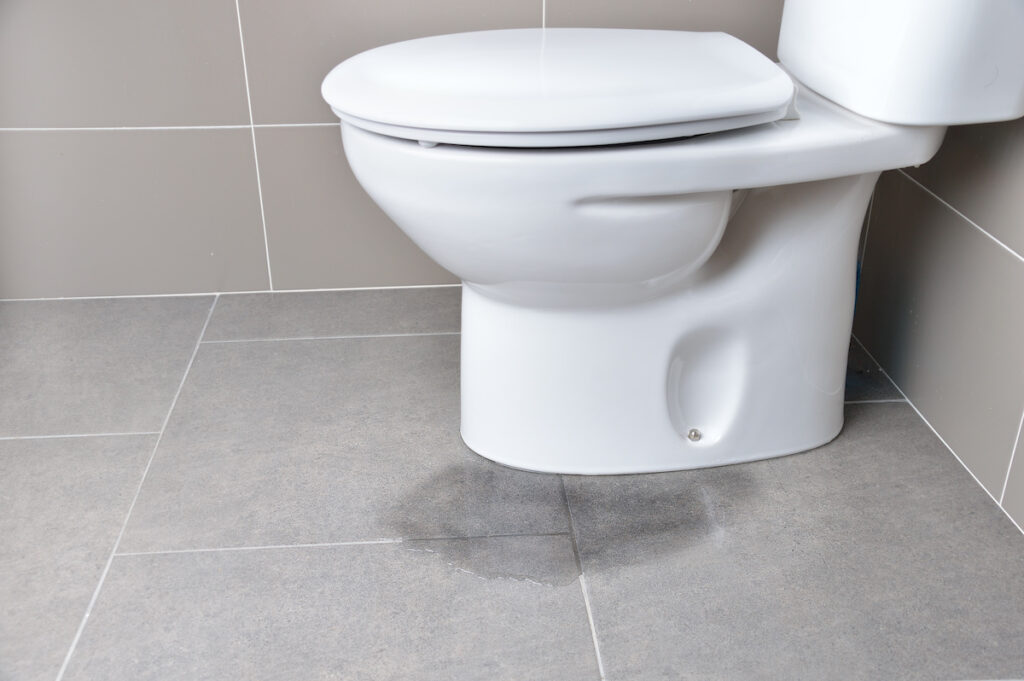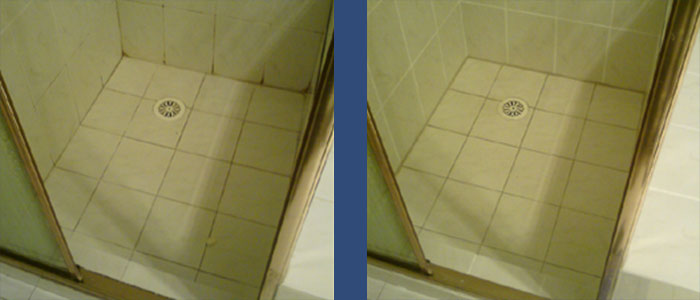Ways to Repair a Water-Damaged Wall in the Bathroom
Ways to Repair a Water-Damaged Wall in the Bathroom
Blog Article
How do you feel about How to Repair and Prevent Bathroom Water Damage?

The washroom is exceptionally vulnerable for moist build-up and also prospective water damages as a result of the constant use of water in it. This article provides basic examination strategies to help discovering water damages threats.
The constant use water in the shower room makes it very at risk for wet buildup and potential water damage. By inspecting it routinely, you can reduce water related damages.
The following set of inspections is easy to perform and ought to be done once in every three months in order to keep your bathroom in good shape and to prevent potential water problems brought on by the tub, the shower, pipe joints and plumbing, sinks, cabinets, as well as the bathroom
Do not disregard doing these assessments as well as be extensive while performing them. Keep in mind that these simple examinations can save you a lot of money by giving early indications for water damages
Sinks and also Cabinets
Sinks as well as cupboards are exposed to moisture and also moisture everyday as well as are frequently overlooked. Inspect consistently under the sink as well as on the countertop over it. Fix any type of drip in the catch as it may suggest drainpipe issues. Browse the sink, slow-moving draining pipelines may suggest a blocked drainpipe. Change sink seals if they are broken or loose.
Bath tub as well as Shower
The shower and bath tub need special focus as well as maintenance. Inspect the tiles as well as replace if fractured. Ensure that there is no missing cement between the tiles. Check as well as replace broken caulking at joints where the wall surfaces satisfy the flooring or the tub. Obstructed drains and also pipes troubles will stop the bathtub from drying out and also may show major troubles beneath the bathtub. Talk to a professional promptly to stop structural damages. Pay attention to discolorations or soft locations around the bathtub wall surfaces as they might indicate an interior leakage.
Plumbing
Signs for water damages are hard to discover given that most pipes are set up inside the wall surfaces.
Pay special interest to floor covering and walls dampness and spots as they might show an unnoticeable plumbing issue. Examine moisture levels in adjacent areas as well.
The Commode
The commode is a susceptible water joint. Examine the water lines and also look for leakages around the toilet seat, in the hose pipe, as well as under the water container. If you detect any type of indications of dampness on the flooring around the commode, look for leaks in the toilet rim and storage tank seals.
Know that hanging bathroom dish antiperspirants boosts the opportunities for obstructions.
Water Damage Signs In The Bathroom To Avoid Cleanup
Musty smell
This is one of the easiest signs to catch because musty smells are so odorous. The damp, earthy, moldy smell should be a big red flag. The smell will develop when moisture gets trapped in surfaces, and begins to facilitate mold growth. Leaking pipes under cabinets, inside walls, and behind shower fixtures will cause moisture to stay trapped and not dry, which will lead to mold growth and spread. As soon as you notice any musty smells in your bathroom, have it checked for hidden water damage and cleanup signs.
Visible mold
If the smell isn’t there to give it away, sometimes you will actually see mold growth. Finding mold in your bathroom is a serious problem, because mold is very harmful to your health. By the time mold growth is visible, it also means that water damage has already occurred and been present for some time. The only way the mold problem can be resolved is to find the source of the moisture and get it stopped. To safely and adequately remove mold, you need to have professionals handle the remediation. Do not waste any time in getting mold problems addressed, fixed, and sanitized so that you can protect you and your family from the many respiratory symptoms caused by mold exposure.
Damaged floors
Bathroom floors should be able to withstand some exposure to water while still remaining in good condition. However, when excess exposure or water leaks occur, they will begin to damage even the most water-resistant flooring. If you notice any cracking, bubbling, staining, or warping on your bathroom floors, there is probably a water leak somewhere causing the distortion. If you notice areas of the floor have become softer, or even have a spongy feeling, there is probably damage to the subfloor. Subflooring is typically made up of plywood. When plywood is exposed to water or moisture, it will absorb it. Once it has become saturated, the weight of the excess water will cause the wood to swell and soften. Check the floors in your bathroom frequently to catch any of these sings before they lead to damaged subflooring.
Changes on walls
When water leaks behind walls, it will cause changes in the drywall. Peeling plaster, blistering paint, and soggy wallpaper are all good indicators that excess water is building up behind the wall. Water leaking behind drywall will cause it to swell and be soft to the tough. If you start to notice gaps along the trim of your walls, or where tile meets the wall, it could also be a strong indicator that there is a leak behind the wall. Any changes, distortion, or damage on the walls should be evaluated as soon as you notice it to prevent further water damage and cleanup.

Do you really like reading up on How to Prevent Bathroom Water Damage? Write a comment down below. We will be pleased to hear your thoughts about this posting. In hopes that you come back again soon. Are you aware of anybody else who is looking into the topic? Take a moment to promote it. I praise you for your time. Please come by our site back soon.
Give Me A Quote! Report this page